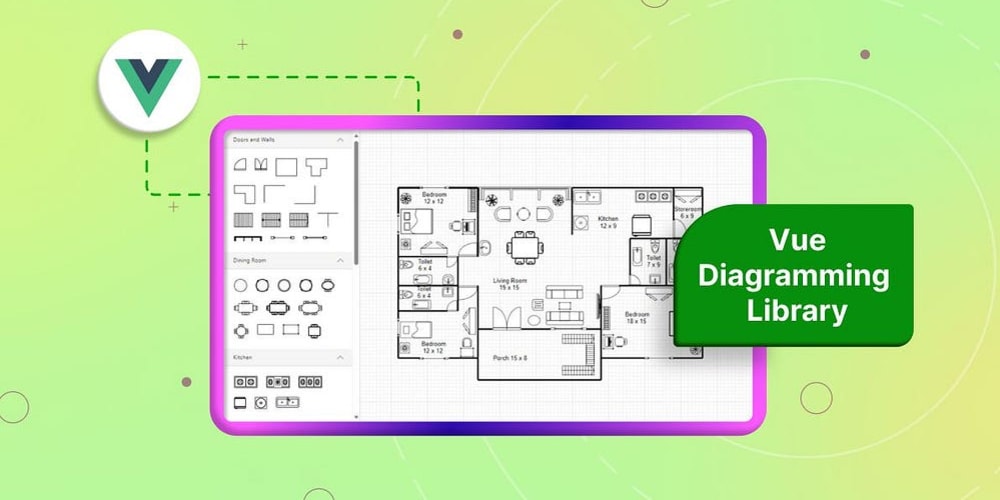Introduction
Low-code development platforms have revolutionized the way applications are built, enabling developers to create software with minimal hand-coding. This evolution has opened up new opportunities for businesses to innovate quickly and efficiently. As we move forward, the next generation of low-code capabilities promises even greater advancements, enhancing productivity, reducing costs, and democratizing application development.
The Current State of Low-Code Development
Definition and Purpose: Low-code platforms are designed to reduce the complexity of coding by providing visual development tools and pre-built modules.
Market Growth: The low-code development market is experiencing rapid growth, driven by the need for faster application delivery and the shortage of skilled developers.
Use Cases: Businesses are leveraging low-code platforms for a wide range of applications, from simple process automation to complex enterprise solutions.
Emerging Capabilities in Low-Code Development
AI-Driven Development: Integration of artificial intelligence to suggest code, automate tasks, and optimize performance.
Enhanced Collaboration Tools: Features that facilitate better communication and teamwork among developers, designers, and business stakeholders.
Greater Integration: Improved ability to integrate with various data sources, legacy systems, and third-party services.
Advanced Customization: More flexibility for developers to customize and extend applications beyond the default capabilities of the platform.
Benefits of the Next-Gen Low-Code Platforms
- Increased Speed: Accelerated development cycles, allowing for rapid prototyping and deployment.
- Cost Efficiency: Reduced need for extensive coding and testing, lowering overall development costs.
- Accessibility: Empowering non-developers to create applications, thus reducing the dependency on highly skilled IT professionals.
- Scalability: Platforms that can handle larger, more complex applications and scale seamlessly with business growth.
Challenges and Considerations
- Security Concerns: Ensuring that low-code applications adhere to robust security standards.
- Quality Assurance: Maintaining high-quality standards in applications developed with minimal coding.
- Skill Gap: Training developers and non-developers to effectively use low-code platforms.
Conclusion
The next generation of low-code capabilities is set to transform the landscape of application development. By embracing these advancements, businesses can innovate faster, reduce costs, and stay competitive in an ever-evolving digital world.



















